
It may vary depending on connections.
The switch may be damaged if it is tightened above the tightening torque range. Also, if it is tightened below the tightening torque range, the connection thread section may become loose.
(After connection with a fitting, the drain may not flow due to a drop in pressure caused by the fitting.)
Part Number Description: LEAD WIRE STRAIGHT W/M12 CONN Product Line: I Product Line Description: INSTRUMENTATION Family Code: 840 Family Description: ISE70/75 PRESSURE SWITCH Class Code: 21 Part Code: 1 Reference Code: J Click here to report information errorImage shown may not match exact part number
Part Number Description: BRACKET Product Line: I Product Line Description: INSTRUMENTATION Family Code: 840 Family Description: ISE70/75 PRESSURE SWITCH Class Code: 21 Part Code: 1 Reference Code: J Click here to report information errorImage shown may not match exact part number
Part Number Description: LEAD WIRE R/ANGLE W/M12 CONN Product Line: I Product Line Description: INSTRUMENTATION Family Code: 840 Family Description: ISE70/75 PRESSURE SWITCH Class Code: 21 Part Code: 1 Reference Code: J Click here to report information errorImage shown may not match exact part number
Overtightening may cause bending of the thread or air leakage due to deformation of the gasket. Insufficient screwing may cause loosening of the thread or air leakage.
In such cases, human injury may occur, e.g., by catching hands or feet in the machinery, or damage to the machinery itself may occur. Therefore, the machine should be designed to avoid such dangers. 2. Install a protective cover when there is a risk of human injury.
The equipment may be deformed or damaged, and if balance is lost, falling may cause injury. 2. Discharge drainage regularly. Accumulation of drainage in equipment, piping or other areas can cause malfunction of the equipment or unexpected trouble due to splash over into the downstream side, etc.
It may not be possible to connect them, or they may cause other trouble, such as air leakage or the tube pulling out after connection. 10 Air Suction Filter Series ZFC Specific Product Precautions Selection 1. Do not use in lines where a pressurized condition is maintained, as the body may be damaged. Warning Mounting 1.
However, once lubrication is applied it must be continued, as the original lubricant may be eliminated leading to malfunction. Contact SMC regarding Class 2 turbine oil (with additives), ISO VG32. 7.
Therefore, if an air compressor has a low air delivery, the pressure may not be sufficient. Auto Drain Caution The auto drain may not function properly, depending on the quality of compressed air. Check its operation once a day.
Therefore, if an air compressor has a low air delivery, the pressure may not be sufficient. Auto Drain Caution The auto drain may not function properly, depending on the quality of compressed air. Check its operation once a day.
If it is pulled off at an angle, the pilot valve may be damaged and/or the protective Oring may be scratched. Installation Place the cover straight over the pilot assembly so that the pilot valve is not touched, and push it until the cover hook locks without twisting the protective O-ring. (When pushed in, the hook opens and locks automatically.)
A poppet may be pushed on to a seat by positive pressure, but lifted back off by vacuum, resulting in a leak. For this reason internal design may preclude ostensibly suitable valves from vacuum applications. Series VT Not Available In The USA BACKGROUND Many current pneumatic solenoid valves are a c t u a l l y o f s o l e n o i d p i l o t c o n s t r u c t i o n .
When the load (e.g. air ow rate, inlet air temperature) is small, dew point of the outlet air pressure may be lower than the set dew point. When the load is large, dew point of the outlet air pressure may not decrease to the set dew point.
Note 1) Since static electricity may be generated, implement suitable countermeasures. Note 2) Use caution as permeation may occur. The permeated uid may effect the parts of other materials. Compatibility is indicated for uid temperatures of 100C or less.
At higher temperatures the outside diameter rate of change may exceed 10% within the minimum bending radius.
At higher temperatures the outside diameter rate of change may exceed 10% within the minimum bending radius.
At higher temperatures the outside diameter rate of change may exceed 10% within the minimum bending radius.
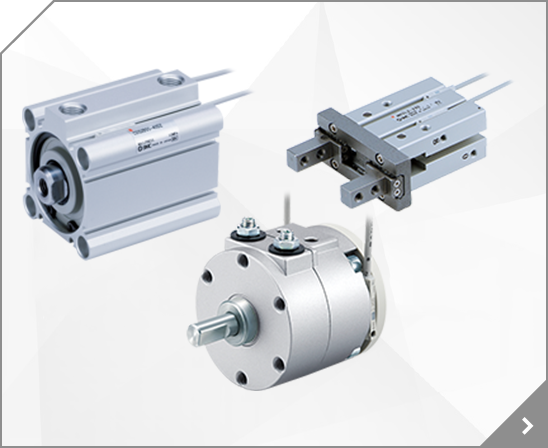
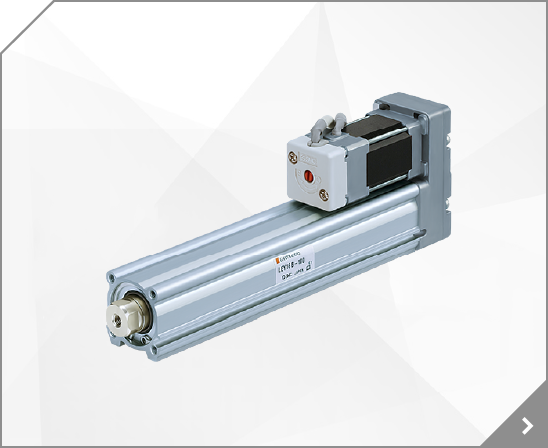
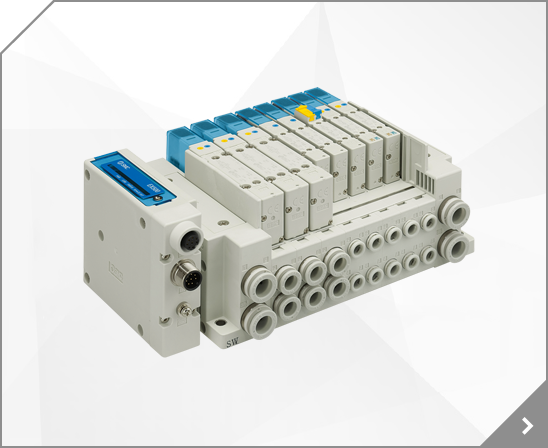
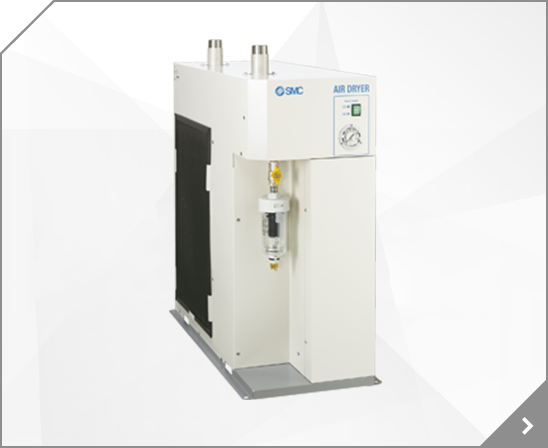
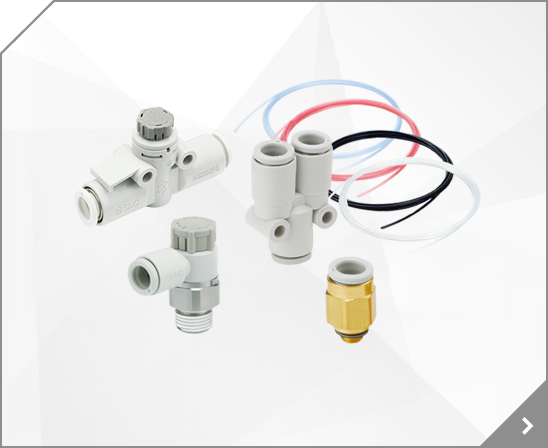
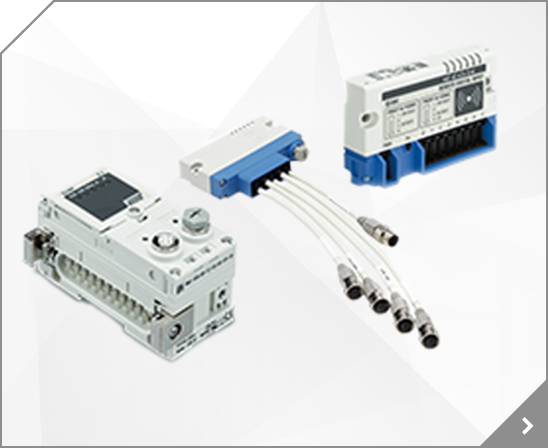
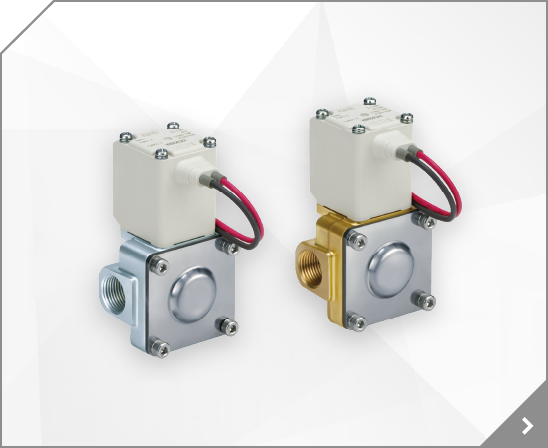
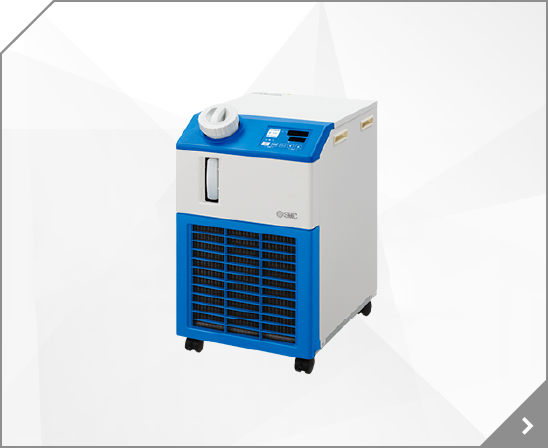
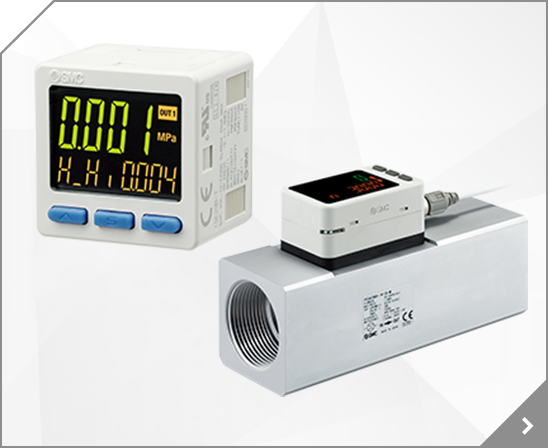
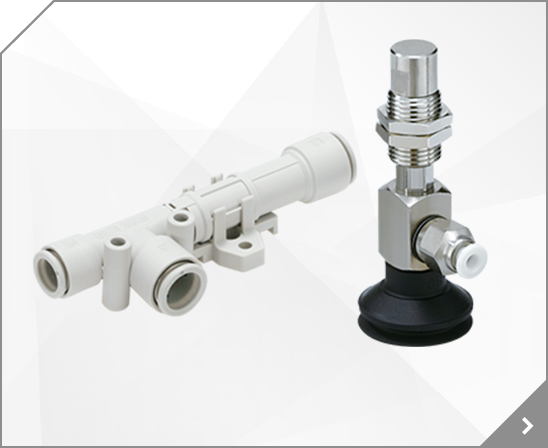

 Series AK1000
Series AK1000